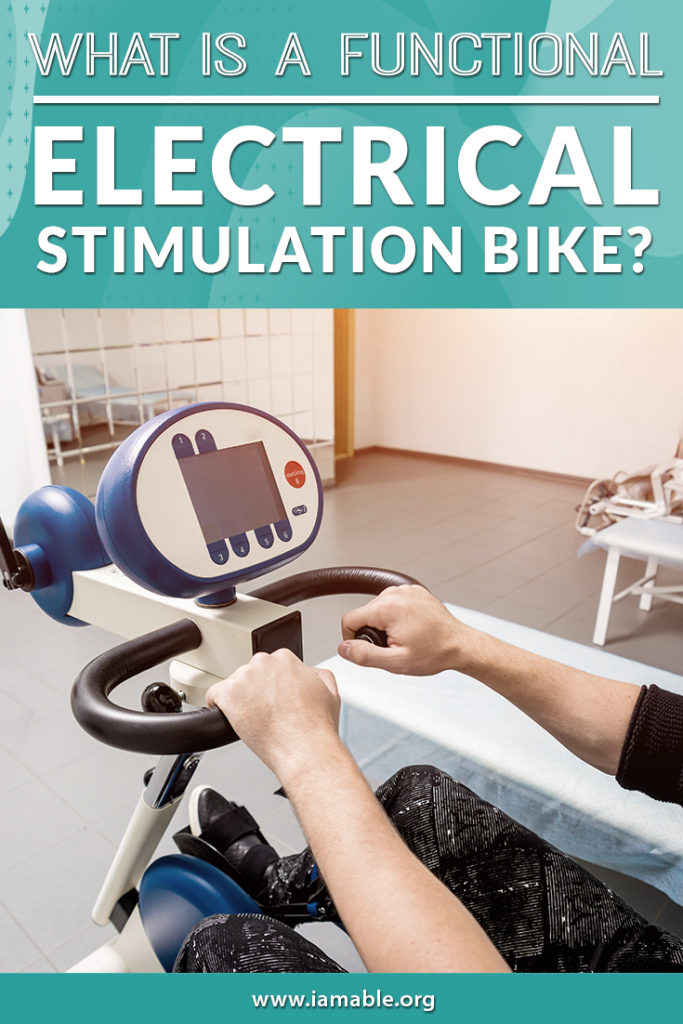Miami, FL 33186

An essential tool for modern paralysis rehabilitation is a functional electrical stimulation bike. However, to understand why this equipment is so valuable when it comes to recovery efforts, we need to address several questions.
We will address the answers to these questions and more in today’s article.
In order to move your body, the brain sends electrical signals to the muscles. The nerves bring these signals to the muscles, alerting them to your desire to move. When damage occurs, whether in the nerves or the brain, this communication may be interrupted. If the brain and muscles are not communicating correctly, the muscles may no longer function on command. The result is the condition that we call paralysis. A traumatic injury often causes paralysis. However, some illnesses may result in paralysis.
FES is a type of therapy that involves sending electrical impulses to the muscles that a paralyzed person cannot engage on their own. In this way, the muscle can move, even if it requires this external impulse to do so. What are the goals of functional electrical stimulation?
FES provides benefits for patients experiencing paralysis. This type of therapy may result in a number of beneficial outcomes. Here are 5 of the goals your physical therapist may have when suggesting this type of treatment.
You may already be familiar with the use of motorized cycles for patients living with paralysis. In this situation, the bike does all the work on its own using the motor. The patient experiences the motion due to being strapped into the device. How is an FES cycle different, and are there any additional benefits?
Instead of merely being along for the ride, FES allows your body to provide some of the work for the movement of the cycle. Computerized sensors determine when to activate the muscles with an electrical pulse. This allows your body to perform some of the work of moving the bike, rather than having a motor provide all of the movement.
By letting your body do some of the work, you receive even more benefits. For example, it may reduce muscle spasms, improve strength, add bulk to your muscles, provide a good cardio workout, enhance blood flow to your legs, and so on. In these ways, the FES helps reduce the effects of the paralysis. In some cases, it may even help to restore some function.
While FES is beneficial, even when not used in connection with a cycle, the combination of the two enhances the benefits. Besides using the functional electrical stimulation bike, your therapist may also recommend FES to help activate your abdominal muscles or for use along with other exercise machines.
FES is just one example of a modern technology that complements traditional physical therapy to help a person thrive after paralysis. While the road to recovery may be long and arduous, you are up to the challenge. However, you may not feel like you are ready to meet the challenges ahead. That is why iAM ABLE offers an eBook to help you get into the proper mindset. It is entitled 7 Unbelievably Important Steps to Take to Thrive after Paralysis.
It is our hope that this digital publication will help to prepare you for your recovery journey. The book begins with the need to challenge yourself to maximize your independence. Helping you to understand that you are not alone in this struggle is one way to stay motivated. Learning to take care of yourself may involve challenges that other people do not face, but you can do it!
Please read this inspiring book, and don’t forget to contact iAM ABLE in Miami, Florida to learn about the traditional and modern methods of therapy that we offer to patients who are living with paralysis.
Grab our free e-book 7 Unbelievably Important Steps to Take to THRIVE after Paralysis by clicking the image below.
